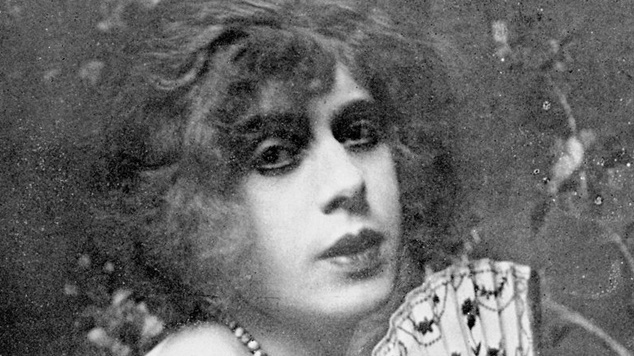Lili Ilse Elvenes was born in 1882, her life story is the focus of the film ‘The Danish Girl’
Lili Ilse Elvenes, better known as Lili Elbe, was a Danish painter and one of the earliest recipients of gender reassignment surgery.
Born in Vejle, Denmark in 1882 she worked as a painter and illustrator. While studying at the Royal Danish Academy of Fine Arts she married another arts student, Gerda Cottlieb. The couple travelled through Italy and France before settling in Paris in 1912. During this time Lili began to live more openly as a woman, often posing as her wife’s sister-in-law.
In 1930 she travelled to Germany to undergo a series of gender reassignment surgeries, which were to be carried out over a two-year period. At the time such surgeries were very experimental.

Her case became a sensation in the Danish and German newspapers. In Denmark the couple’s marriage was annulled, and Lili was able to gain a passport under her new name. She returned to Dresden and began a relationship with a French Art Dealer.
In 1931 she had her fourth surgery which saw doctors attempt to transplant a uterus to her body and create a vaginal canal. Lili Elbe became the second transgender woman to have a vaginoplasty.
Three months after he surgery her body rejected the transplant, and she was required to have additional surgery. She suffered from infection which led to her death from cardiac arrest on 13th September 1931 at the age of 48.
Her life story was shared in the novel The Danish Girl which was written by author David Ebershoff. It was adapted into a film in 2015 starring Eddie Redmayne. The film was criticised for using a cis-gendered actor to play a transgender woman, and in 2021 Redmayne said he regretted taking on the role.
OIP Staff, this post was first published in 2020.





